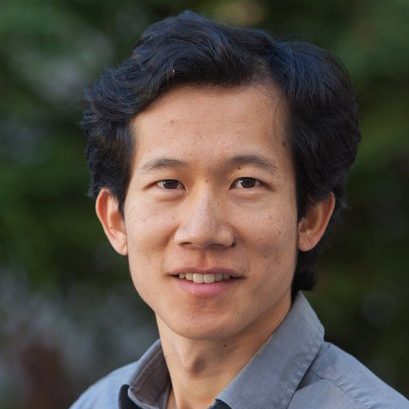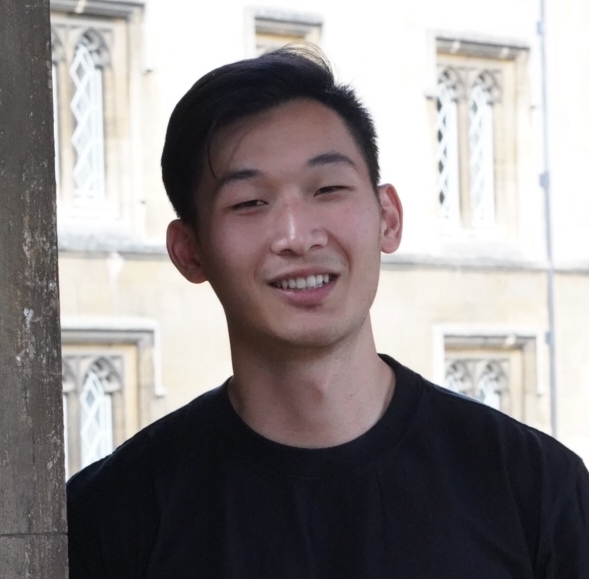CS324 - Large Language Models
The field of natural language processing (NLP) has been transformed by massive pre-trained language models. They form the basis of all state-of-the-art systems across a wide range of tasks and have shown an impressive ability to generate fluent text and perform few-shot learning. At the same time, these models are hard to understand and give rise to new ethical and scalability challenges. In this course, students will learn the fundamentals about the modeling, theory, ethics, and systems aspects of large language models, as well as gain hands-on experience working with them.
Teaching team
Logistics
Where: Class will by default be in person at 200-002 (History Corner). The first two weeks will be remote (in accordance with University policies); Zoom information is posted on Canvas.
When: Class is Mondays and Wednesdays 3:15-4:45pm PST.
Links:
- Ed: This is the main way that you and the teaching team should communicate: we will post all important announcements here, and you should ask all course-related questions here. For personal matters that you don’t wish to put in a private Ed post, you can email the teaching staff at cs324-win2122-staff@lists.stanford.edu.
- Canvas: The course Canvas page contains links and resources only accessible to students (Zoom link for remote classes).
- Gradescope: We use Gradescope for managing coursework (turning in, returning grades). Please use your @stanford.edu email address to sign up for a Gradescope account.
Video access disclaimer: A portion of class activities will be given and recorded in Zoom. For your convenience, you can access these recordings by logging into the course Canvas site. These recordings might be reused in other Stanford courses, viewed by other Stanford students, faculty, or staff, or used for other education and research purposes. If you have questions, please contact a member of the teaching team at cs324-win2122-staff@lists.stanford.edu.
Class
Each class is divided into two parts:
Lecture (45 minutes): an instructor gives a standard lecture on a topic (see the calendar for the list of topics). Lectures are be based on these lecture notes.
Discussion (45 minutes): there is a student panel discussion on the required readings posted on the calendar.
Coursework
Your grade is based on two activities:
- Paper reviews and discussion (20%)
- Projects (2 x 40% = 80%)
1. Paper reviews and discussions
Paper reviews. Before each class, you will be assigned 1-2 papers. You should read these papers carefully and write a review of the paper(s). Your review should be a few paragraphs (in the style of a conference review, say for ACL or NeurIPS).
Paper reviews are due at 11:00 AM PST on Gradescope on the day of the lecture.
Paper discussions. During each class discussion, there is a panel of 4-5 students (you are expected to sign up for at least two panels). The student panelists lead a discussion moderated by the instructors. Everyone else is expected to participate by asking the panel questions.
2. Projects
There are two projects, which allow you to get hands-on experience with large language models.
Project 1 is on evaluating language models. You will be provided with access to models such as GPT-3 and asked to think critically about their capabilities and risks. You will identify a focal property of language models that you’d like to explore more deeply.
Project 2 is on building language models. You will be provided with a compute budget that will allow you to train models such as BERT-base to more systematically evaluate, understand, and improve language models along the focal property you identified in project 1.
Projects should be done in groups of 1-2 students. Each project should be written up clearly and succinctly; you may lose points if your writing is unclear or unnecessarily complicated. Projects must be typeset using LaTeX, Microsoft Word, Pages for Mac, or an equivalent program, and submitted as a PDF. We strongly encourage you to use LaTeX: there are user-friendly web interfaces like Overleaf.
Projects are due at 11:00 PM (not 11:59 PM) PST on Gradescope on the due date.
Submitting coursework
Submissions: All coursework are submitted via Gradescope by the deadline. Do not submit your coursework via email. If anything goes wrong, please ask a question on Ed or contact a course assistant. If you need to sign up for a Gradescope account, please use your @stanford.edu email address. You can submit as many times as you’d like until the deadline: we will only grade the last submission. Partial work is better than not submitting any work. If you are working in a group for a homework, please make sure all group members are selected as part of the submission on Gradescope.
Late days: A homework is ⌈d⌉ days late if it is turned in d days past the due date (note that this means if you are 1 second late, ⌈d⌉=1 and it is 1 day late). You have 3 late days in total that can be distributed among the homeworks without penalty. After that, the maximum possible grade is decreased by 25% each day (so the best you can do with d=1 is 75%; paper reviews will be graded as fails if they are late and you have no late days). As an example, if you are out of late days and submit one day late, a 90 will be capped at a 75, but a 72 will not be changed. Note that we will only allow a max of d=2 late days per homework.
Regrades: If you believe that the course staff made an objective error in grading, then you may submit a regrade request. Regrade requests will only be accepted via Gradescope for one week after the initial grades were released. Note that we may regrade your entire submission, so that depending on your submission you may actually lose more points than you gain.




